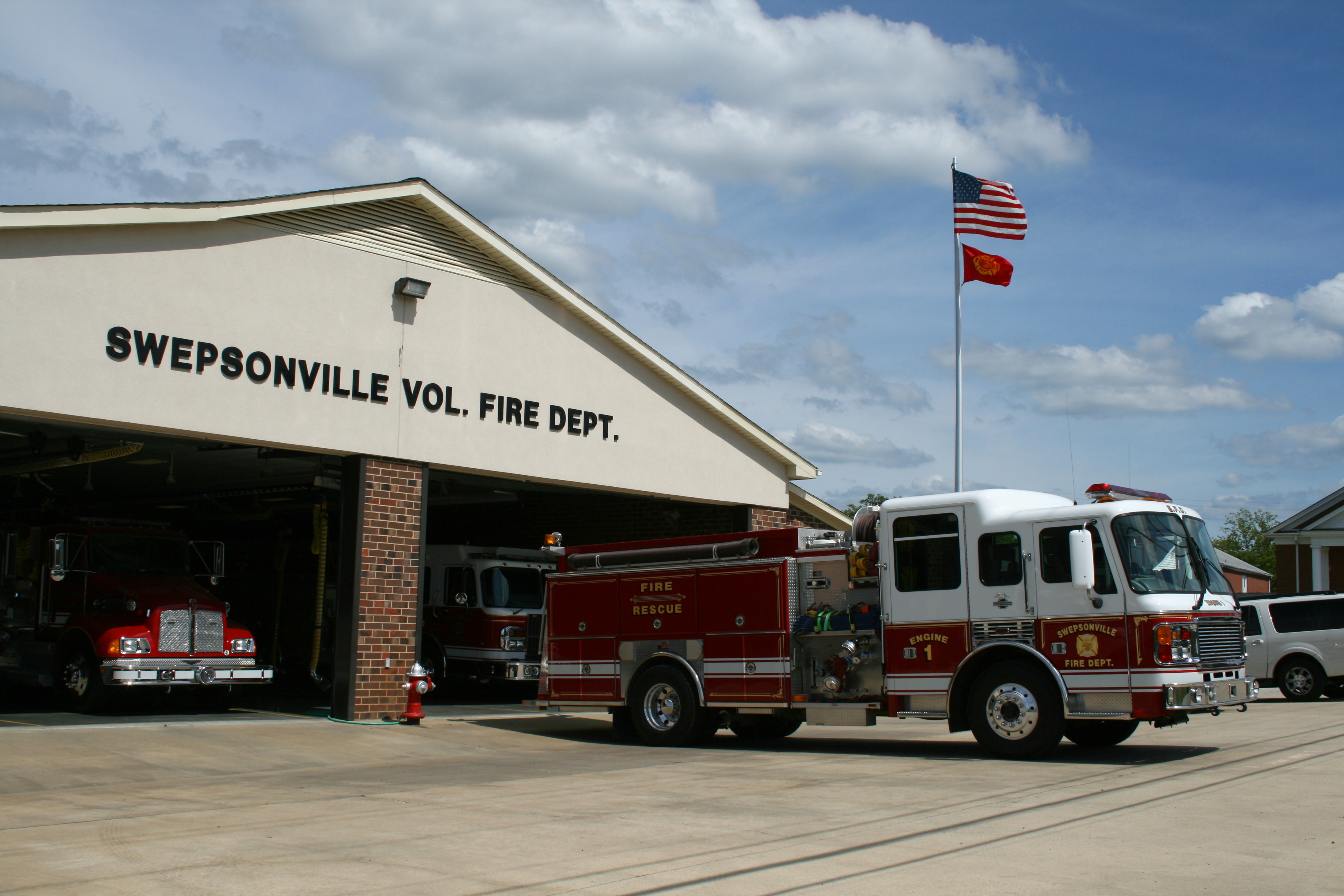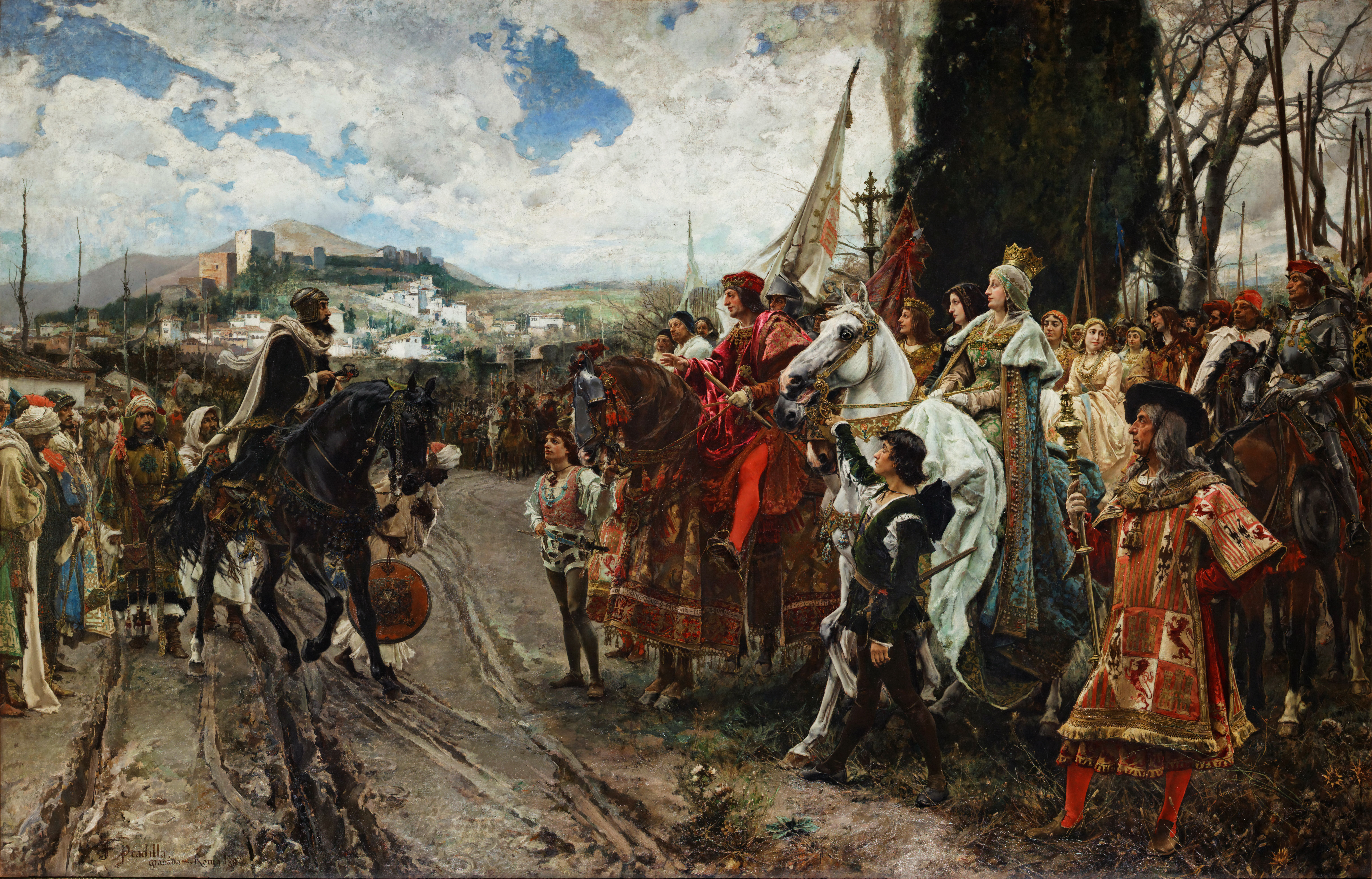|
Häcklingen
Häcklingen is a village in the municipality of Lüneburg, about 6 km from the town centre. Formerly an independent municipality, it is part of the town Lüneburg since 1974. It has an area of and is bordered to the west by Rettmer. To the north it is separated from the district of Bockelsberg by a small wood, to the east it is bordered by Uelzener Straße (the old B 4 highway). The next nearest village to the south is Melbeck. Chair of the council is Dr. Uwe Plath (CDU); he followed Susanne Pulsfort (CDU) who had been in the post for many years. History Burial mounds and artefacts from the Federmesser culture indicate that the area has been settled since the New Stone Age. In 1562 the convent of St. Michael's monastery built a pond in Häcklingen. At least since 1696 there has been cooperation between Häcklingen and the neighbouring village of Rettmer. In that year there were reports of a teacher in Rettmer who also taught children from Häcklingen. In 1792 the sc ... [...More Info...] [...Related Items...] OR: [Wikipedia] [Google] [Baidu] |
Lüneburg
Lüneburg (officially the ''Hanseatic City of Lüneburg'', German: ''Hansestadt Lüneburg'', , Low German ''Lümborg'', Latin ''Luneburgum'' or ''Lunaburgum'', Old High German ''Luneburc'', Old Saxon ''Hliuni'', Polabian ''Glain''), also called Lunenburg ( ) in English, is a town in the German state of Lower Saxony. It is located about southeast of another Hanseatic city, Hamburg, and belongs to that city's wider metropolitan region. The capital of the district which bears its name, it is home to roughly 77,000 people. Lüneburg's urban area, which includes the surrounding communities of Adendorf, Bardowick, Barendorf and Reppenstedt, has a population of around 103,000. Lüneburg has been allowed to use the title " Hansestadt" (''Hanseatic Town'') in its name since 2007, in recognition of its membership in the former Hanseatic League. Lüneburg is also home to Leuphana University. History ImageSize = width:1050 height:100 PlotArea = width:1000 height:50 left:50 bottom ... [...More Info...] [...Related Items...] OR: [Wikipedia] [Google] [Baidu] |
Bundesstraße 4
The Bundesstraße 4 (abbr. B4) is a German federal highway running in a northwesterly to southly direction from the state of Schleswig-Holstein to Bavaria. It provides a direct route for motorists traveling between Hamburg and Nuremberg. The section north of Hamburg is paralleled by Bundesautobahn 7 and the road is down-graded to a ''Landstraße'' (country road); the section between Hallstadt and Erlangen is paralleled by the A 70 and A 73 and is also down-graded to a ''Staatsstraße'' (state road, same as country road). The Bundesstraße 4 is the former Reichsstraße 4 (imperial road), on which north of Quickborn the last Commanding Admiral of the Kriegsmarine Friedeburg met with officers of the 2nd British Army to negotiate a truce with the Western Allied forces on May 4, 1945. See also *Transport in Hamburg Transport in Hamburg comprises an extensive, rail system, subway system, airports and maritime services for the more than 1.8 million inhabitants of th ... [...More Info...] [...Related Items...] OR: [Wikipedia] [Google] [Baidu] |
Federmesser Culture
''Federmesser'' group is an archaeological umbrella term including the late Upper Paleolithic to Mesolithic cultures of the Northern European Plain, dating to between 14,000 and 12,800 years ago (the late Magdalenian). It is closely related to the Tjongerian culture, as both have been suggested.J.-G. Rozoy, trans. L.G. Strauss, "The (Re-)Population of Northern France between 13,000 and 8000 BP", ''Quaternary International'', Vol. 49j/50 (1998), 69–86, 1998. It includes the ''Tjongerian'' sites at Lochtenrek in the Frisian part of the Netherland, spanning the area of Belgium, the Netherlands, northern France, northern Germany, southern Denmark, and Poland ('' Tarnowian'' and ''Witowian'' cultures). It is also closely related to the Creswellian culture to the west and the Azilian to the south. The name is derived from the characteristic small backed flint blades, in German termed ''Federmesser'' ("quill knife"). It is succeeded by the Ahrensburg culture after 12,800 BP. ... [...More Info...] [...Related Items...] OR: [Wikipedia] [Google] [Baidu] |
New Stone Age
The Neolithic period, or New Stone Age, is an Old World archaeological period and the final division of the Stone Age. It saw the Neolithic Revolution, a wide-ranging set of developments that appear to have arisen independently in several parts of the world. This "Neolithic package" included the introduction of farming, domestication of animals, and change from a hunter-gatherer lifestyle to one of settlement. It began about 12,000 years ago when farming appeared in the Epipalaeolithic Near East, and later in other parts of the world. The Neolithic lasted in the Near East until the transitional period of the Chalcolithic (Copper Age) from about 6,500 years ago (4500 BC), marked by the development of metallurgy, leading up to the Bronze Age and Iron Age. In other places the Neolithic followed the Mesolithic (Middle Stone Age) and then lasted until later. In Ancient Egypt, the Neolithic lasted until the Protodynastic period, 3150 BC.Karin Sowada and Peter Grave. Egypt in the ... [...More Info...] [...Related Items...] OR: [Wikipedia] [Google] [Baidu] |
Landkreis Lüneburg
In all German states, except for the three city states, the primary administrative subdivision higher than a '' Gemeinde'' (municipality) is the (official term in all but two states) or (official term in the states of North Rhine-Westphalia and Schleswig-Holstein). Most major cities in Germany are not part of any ''Kreis'', but instead combine the functions of a municipality and a ''Kreis''; such a city is referred to as a (literally "district-free city"; official term in all but one state) or (literally "urban district"; official term in Baden-Württemberg). ''(Land-)Kreise'' stand at an intermediate level of administration between each German state (, plural ) and the municipal governments (, plural ) within it. These correspond to level-3 administrative units in the Nomenclature of Territorial Units for Statistics (NUTS 3). Previously, the similar title ( Imperial Circle) referred to groups of states in the Holy Roman Empire. The related term was used for similar a ... [...More Info...] [...Related Items...] OR: [Wikipedia] [Google] [Baidu] |
Volunteer Fire Department
A volunteer fire department (VFD) is a fire department of volunteers who perform fire suppression and other related emergency services for a local jurisdiction. Volunteer and retained (on-call) firefighters are expected to be on call to respond to emergency calls for long periods of time, and are summoned to the fire station when their services are needed. They are also expected to attend other non-emergency duties as well (training, fundraising, equipment maintenance, etc.). Volunteer firefighters contrast with paid firefighters who work full or part-time and receive a salary. Some volunteer firefighters may be part of a combination fire department that employs both full-time and volunteer firefighters. On-call firefighters who receive some pay for their work are known as call firefighters in the United States, and retained firefighters in the United Kingdom and Ireland. International The earliest firefighting organizations were made up of volunteers. The first large organiz ... [...More Info...] [...Related Items...] OR: [Wikipedia] [Google] [Baidu] |
Bernard Montgomery
Field Marshal Bernard Law Montgomery, 1st Viscount Montgomery of Alamein, (; 17 November 1887 – 24 March 1976), nicknamed "Monty", was a senior British Army officer who served in the First World War, the Irish War of Independence and the Second World War. Montgomery first saw action in the First World War as a junior officer of the Royal Warwickshire Regiment. At Méteren, near the Belgian border at Bailleul, he was shot through the right lung by a sniper, during the First Battle of Ypres. On returning to the Western Front as a general staff officer, he took part in the Battle of Arras in AprilMay 1917. He also took part in the Battle of Passchendaele in late 1917 before finishing the war as chief of staff of the 47th (2nd London) Division. In the inter-war years he commanded the 17th (Service) Battalion, Royal Fusiliers and, later, the 1st Battalion, Royal Warwickshire Regiment before becoming commander of the 9th Infantry Brigade and then General officer com ... [...More Info...] [...Related Items...] OR: [Wikipedia] [Google] [Baidu] |
Surrender (military)
Surrender, in military terms, is the relinquishment of control over territory, combatants, fortifications, ships or armament to another power. A surrender may be accomplished peacefully or it may be the result of defeat in battle. A sovereign state may surrender following defeat in a war, usually by signing a peace treaty or capitulation agreement. A battlefield surrender, either by individuals or when ordered by officers, normally results in those surrendering becoming prisoners of war. Definition and etymology Merriam-Webster defines "surrender" as "the action of yielding one's person or giving up the possession of something especially into the power of another", and traces the etymology to the Middle English ''surrendre'', from French ''sur-'' or ''sus-'', ''suz'' "under" + ''rendre'' "to give back"; this in turn is defined by the University of Michigan Middle English Dictionary as meaning "The giving up of an estate, a grant of land, or an interest in property to the pe ... [...More Info...] [...Related Items...] OR: [Wikipedia] [Google] [Baidu] |
Timeloberg
Wendisch Evern is a municipality in the district of Lüneburg, in Lower Saxony, Germany. Recent history (Second World War) On 4 May 1945 on the ''Timeloberg'' hill at the edge of Deutsch Evern a German delegation under the command of Hans-Georg von Friedeburg signed a document in the presence of British Field Marshal Bernard Montgomery for the unconditional surrender of the three German armies operating in Northwest Germany. This went into force on 5 May at 7 a.m. With the signing of the surrender agreement the Second World War in Northwest Germany came to an end. After the war a monument was erected by the British on what they now called ''Victory Hill''. The monument was dismantled in 1958 and rebuilt at the Royal Military Academy Sandhurst. Today the spot lies in a military out-of-bounds area and is not accessible. In 1995 another monument was erected on the edge of the Timeloberg, outside the out-of-bounds area. After Heinrich Himmler Heinrich Luitpold ... [...More Info...] [...Related Items...] OR: [Wikipedia] [Google] [Baidu] |
Lower Saxony
Lower Saxony (german: Niedersachsen ; nds, Neddersassen; stq, Läichsaksen) is a German state (') in northwestern Germany. It is the second-largest state by land area, with , and fourth-largest in population (8 million in 2021) among the 16 ' federated as the Federal Republic of Germany. In rural areas, Northern Low Saxon and Saterland Frisian are still spoken, albeit in declining numbers. Lower Saxony borders on (from north and clockwise) the North Sea, the states of Schleswig-Holstein, Hamburg, , Brandenburg, Saxony-Anhalt, Thuringia, Hesse and North Rhine-Westphalia, and the Netherlands. Furthermore, the state of Bremen forms two enclaves within Lower Saxony, one being the city of Bremen, the other its seaport, Bremerhaven (which is a semi-enclave, as it has a coastline). Lower Saxony thus borders more neighbours than any other single '. The state's largest cities are state capital Hanover, Braunschweig (Brunswick), Lüneburg, Osnabrück, Oldenburg, Hildesheim, Salzgitt ... [...More Info...] [...Related Items...] OR: [Wikipedia] [Google] [Baidu] |
Montessori School
The Montessori method of education involves children's natural interests and activities rather than formal teaching methods. A Montessori classroom places an emphasis on hands-on learning and developing real-world skills. It emphasizes independence and it views children as naturally eager for knowledge and capable of initiating learning in a sufficiently supportive and well-prepared learning environment. The underlying philosophy can be viewed as stemming from Unfoldment Theory. It discourages some conventional measures of achievement, such as grades and tests. The method was developed in the early 20th century by Italian physician Maria Montessori, who developed her theories through scientific experimentation with her students; the method has since been used in many parts of the world, in public education, public and independent school, private schools alike. A range of practices exists under the name "Montessori", which is not trademarked. Popular elements include mixed-age ... [...More Info...] [...Related Items...] OR: [Wikipedia] [Google] [Baidu] |









